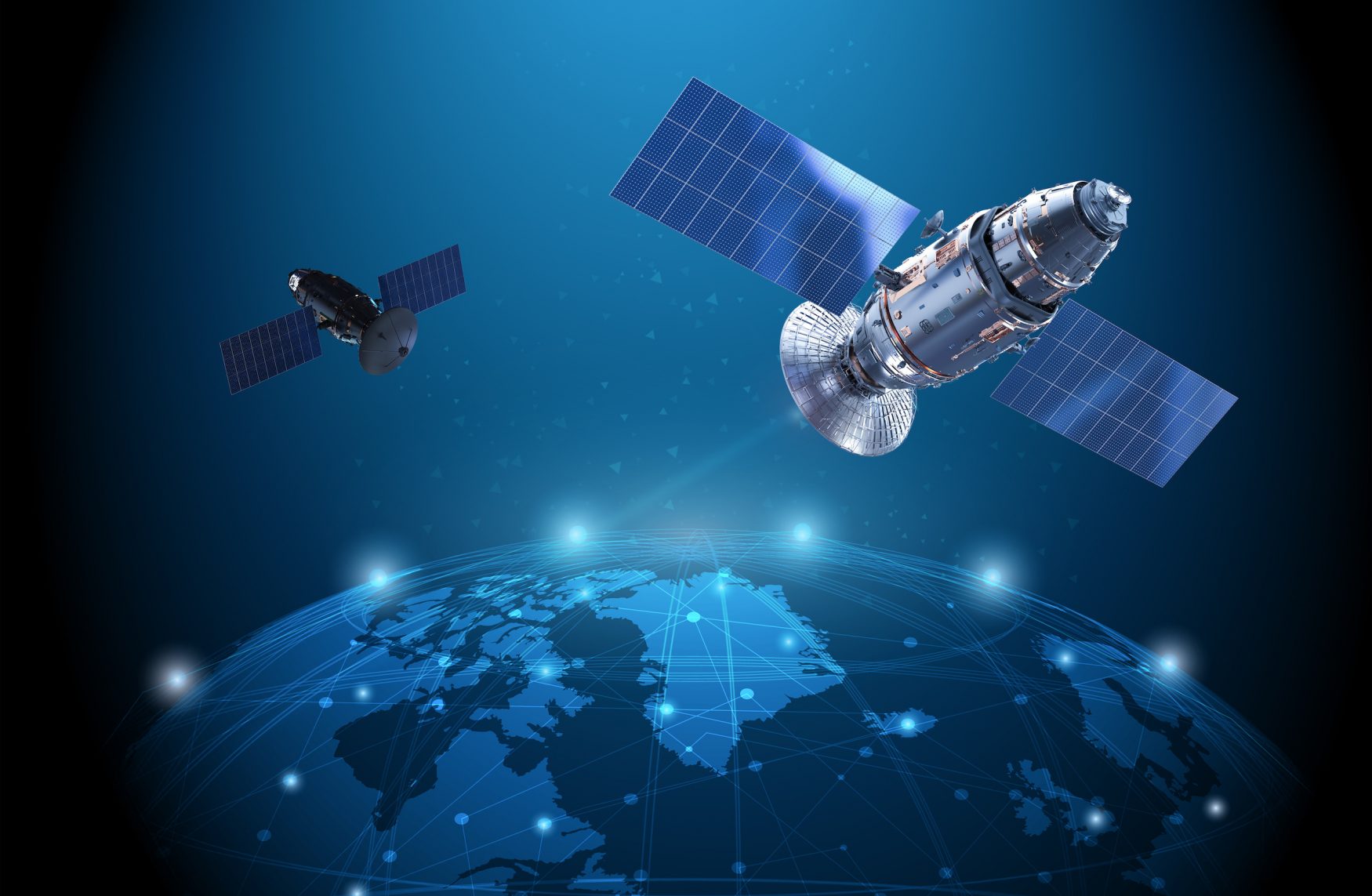
Detect a Hidden Global Positioning System
How to Detect a Hidden Global Positioning System and Disable or Block It.
Do you suspect that you might be under surveillance or being tracked?
Or maybe you’re just preparing for the future when the total surveillance state is put in place by the banking mafia?
In either case, learning to detect a hidden Global Positioning System (GPS) is not too difficult once you understand the types used for surveillance and tracking.
Whatever the individual unit used to track the asset, it will be one of three basic types that operate in the same basic way regardless of manufacture.
It will be a data logger, a data pusher, or a data puller.
All three of these use the same radio signals from satellites to find their current position, which is weakness number one.
Two of the three use out-bound signals to report their current position, which is weakness number two.
Finally, all three have to be placed in a position where they’ll be able to receive GPS satellite broadcasts in order to know where they are and they’ll all need a power source: weakness number three.
These three inherent weaknesses are what make it possible to detect a hidden global positioning system and/or to disable it from functioning.
We’ll begin by looking at data loggers and how they work, since they are the simplest, cheapest, and most common type used right now by investigators.
Then we’ll delve into the function and weaknesses of the other two types.
The Data Logger Type
While the most basic, this is the hardest to detect once it’s in place. Luckily, while in place, none of the data it collects is known to the person who planted it until it’s been accessed.
This creates its largest inherent weakness: it requires “hands on” handling on a regular basis.
A data logger is, basically, a storage device with a GPS receiver attached. It receives its location data from GPS satellites and stores that information along with a date-time stamp.
Then, eventually, someone will have to retrieve the data…usually by retrieving the tracking device.
This means that the person using it to track your whereabouts has to sneak in to plant the device and then sneak in again to retrieve it.
While this has very obvious drawbacks, these units are the most common type used… often because the person using them knows the person being tracked by them.
Spouses, parents, and others all use these devices to keep tabs on family, friends, employees, etc.
Detecting one is difficult and usually comes down to catching the person planting or removing the device or noticing the device itself due to a bad plant or location.
Since it needs to be fairly unobstructed, in most cases, for the receiving antenna to work, these devices are often left is “shallow” locations where they can be noticed.
For this type, that is the easiest way to detect a hidden global positioning system.
Detect the Other Types…
The other two types, pushers and pullers, are much easier to detect and are also much more sophisticated and more likely to be used by outsiders who want to look in.
Both units broadcast their whereabouts to the interested party, which makes them detectable by many counter-surveillance hardware like radio scanners and bug locators.
Data pushers send data regularly, at given intervals, letting the receiver know where it (and thus the target) is at all times.
This makes them the easiest to detect, since they are continually emitting a signal that can be noticed.
Data pullers work similarly to pushers, but only activate to send data when asked by the receiver to do so.
This makes them more difficult to notice, since they are not transmitting regularly, but their transmission duration is often longer and more powerful, making them easier to detect in that regard.
All of these GPS units have one thing in common that makes them weak.
To detect a hidden global positioning system is not always easy or even feasible. To block one, however, is always a possibility.
Blocking a GPS Tracker
To block a GPS unit, you need only to jam or interfere with it’s incoming radio signal.
The global positioning satellites use radio signals to “talk” to GPS units on the ground in order to allow for triangulation of position.
Block one or more of those signals and triangulation (and thus location finding) is no longer possible.
No matter what type it is, to detect a hidden global positioning system is relatively difficult compared to blocking its position-finding ability to start with.

 My First Amazing Ayahuasca Experience
My First Amazing Ayahuasca Experience  Pine Needle Tea
Pine Needle Tea  The REAL Controllers of Humanity: The Papal Bloodlines
The REAL Controllers of Humanity: The Papal Bloodlines  Is it Global Warming or Cooling?
Is it Global Warming or Cooling?  Gun Rights and Obama Examined
Gun Rights and Obama Examined